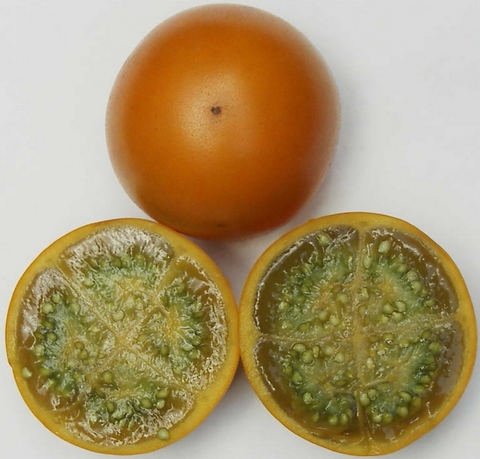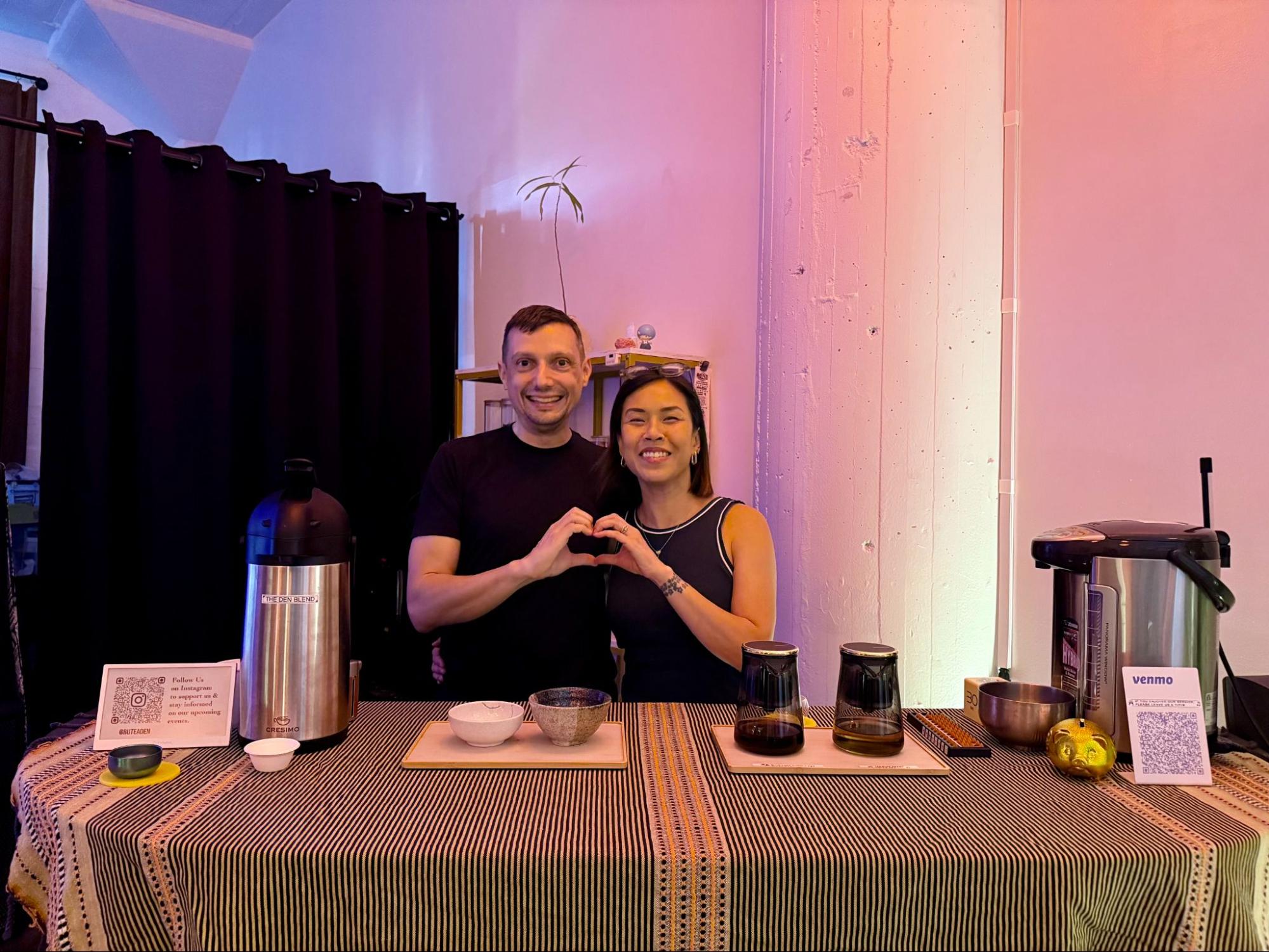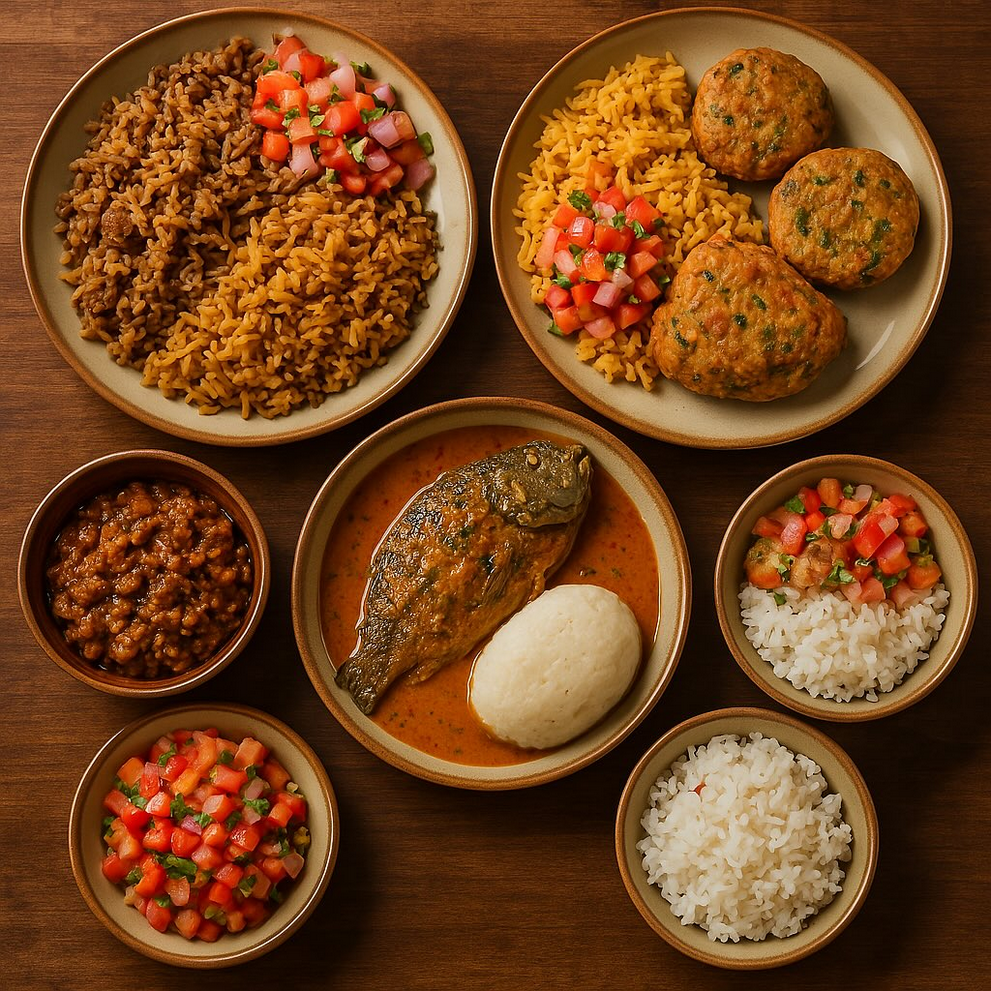La Fonda Antioqueña~ 4903 Melrose Ave. Los Angeles, CA 90029 ~ (323) 957-5164
Ever since a beautiful Colombiana stole my heart, and introduced me to her welcoming extended family in the birthplace of the cumbia, the process of seeking out Colombian restaurants in the southland has become a bit of an obsessive pastime. And, since going to one of these restaurants is a usually a special occasion, we tend to over-order, taking home the leftovers to make use of them for the rest of the week.
We started off the mini-feast with an appetizer of empanadas, in this case, spiced ground beef surrounded by fried corn-meal. If that doesn't evoke enough of an idea, just think of it as the most delicious hot pocket you could ever imagine. And the condiments for this delicious hot pocket, you ask? Instead of what we might think of as pico de gallo or salsa, the equivalent Colombian condiment is a mix called ahí, which still has spicy chili bits in it, but is much lighter on the tomato and heavier on the parsley and green onion. Personally, I love the stuff and lovingly tilt a spoonful of ahí onto each bite of my empanada. Empanadas are frequently served with a lemon wedge, as many believe that a squirt of fresh lemon enhances the overall empanada experience
There was a bit of marine layer and a brisk breeze near our home base, which made us crave a hearty soup. The typical dish of the capital, Bogotá, is a chicken soup called ajiaco. Ajiaco seems to be what colonialists cooked up when they wanted to make a fancy, European-style chicken soup with the ingredients available in their New World. The broth is fortified by three varieties of potato and corn on the half-cob, and flavored with onions, bay leaves, and guascas, a herb that can be hard to find stateside. The flavor of guascas has been described as "grassy" by some, "special and indescribable" by others; I have read in several sources that you just can't call it ajiaco if it doesn't have guascas in it, and that there is no substitute. The soup is finished off with garnishes of heavy cream, avocado, and capers.
Lengua en salsa, or "tongue in sauce", is another typical Colombian dish. It seems that nowadays in North America, beef tongue is something that we more often eschew than chew in restaurants. Back in the 19th Century, though, buffalo tongue was all the rage in the finest East Coast dining establishments; considered a delicacy by the Native Americans in the plains, a feast of buffalo tongue is an important element of the Sun Dance Ceremony of the Lakota tribes. Personally, I find it to be a very tender and flavorful cut of meat. In La Fonda's version, the tongue slices are cooked with slices of tomato and onion, which is a nice departure from the typical puree or tomato sauce preparation.
Our quest for soup continued with an order of cazuela de mariscos. I'm a sucker for seafood, and this hearty chowder certainly had an abundant variety. It may sound kind of lame to rave about white rice, but the white rice that accompanied it was awesome. Maybe I was just in the mood for white rice or something, but it was well salted and each individual grain of rice burst open the way it does when you fry the uncooked grains in oil for enough time before you boil it, as in rice pilaf. I made liberal use of the avocado, lemon, tomato, and ahí garnishes before lapping it up.
Arepas are to Colombia what corn-tortillas are to Mexico. Arepas are made with corn meal, too, but they make it a bit thicker. I didn't get a good shot of an arepa by itself, but you can see it resting next to the bowl of ajiaco or sitting in the back corner in the plate of lengua. The ones here at Fonda Antioquena were some of the thicker ones I have seen, about the size and heft of a uncut English muffin. I've heard that Colombians and Venezuelans can argue for hours on end as to the true national origin of the arepa, although I've personally never been witness to such a discussion.
Colombia itself has a damn varied terrain, with a tropical plain on the Caribbean coast in the North, areas of rain forest in the Amazon River basin, and chilly high-altitude of Andean locales that will give you a debilitating case of soroche (altitude sickness) that is only cured by copious amounts of coca leaf tea. Coca leaf tea is not available in the US, but customs does let through bags of frozen fruit pulp that can be diluted with water or milk to approximate the fresh fruit juices availible in Colombia. Even if your Spanish is good enough that you can remember that maracuyá means "passionfruit," a lot of the juice is from fruits you've probably never heard of, like curuba, tomate de árbol, guanábana, lulo, or feijoa, to name a few. We particularly like jugo de lulo, which is green and in juice tastes a bit like kiwi.

The night we were there, the restaurant was well attended and the lights a bit dim (you can see the effects on the photos we took -- sorry about that). The decor was punctuated with the standard signed photos of the KTLA news crew and Colombian celebrities you've never heard of -- unless, of course, you are from Colombia. Also included are a number of paintings of rustic Colombian cottages and a boat load of Colombian flags. While to my eyes, it may not be the most beautiful way to decorate an eating establishment, the explosion of primary-color patriotismo has the benefit of allowing you -- if you squint your eyes hard enough -- to pretend that you might also be in an Ecuadorean restaurant or a Venezuelan restaurant, as the flags are just that similar. The three countries were all part of something called Gran Colombia, a result of Simón Bolívar's efforts of decolonizing and dreams of uniting the Americas which only lasted for twelve years in the early 19th century.
I guess the point is that, if you ever do come across a Colombian and Venezuelan arguing about arepas, you can just tell them to shut up, squint a little harder, and pass the jugo de lulo. 









